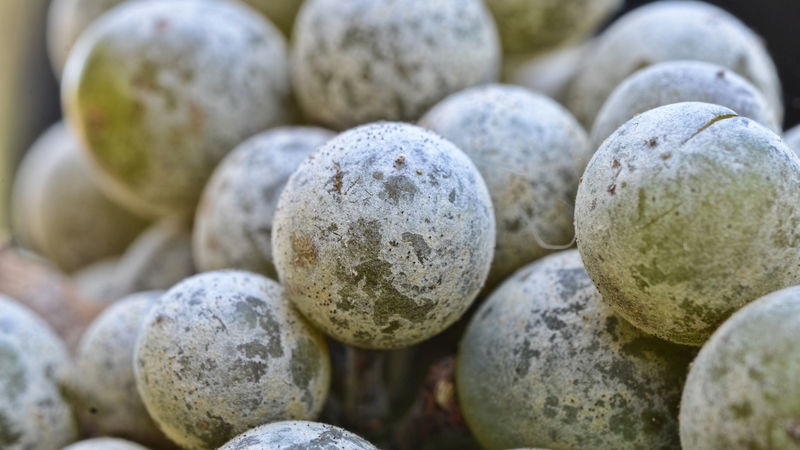Food Safety Just A Cost Of Doing Business
It has been a few years in the making, but the mandatory food safety practices for Florida’s tomato industry are now in effect. Industry players acknowledge that taking such action did come with costs, but it was necessary in today’s environment.
“It is difficult to put a figure on the costs incurred by growers and packinghouses, as they implement the mandatory rules,” says Reggie Brown, executive vice president of the Florida Tomato Exchange. “However, the majority of the cost is a capitalization expense for modifying equipment. Once you get yourself tooled up to comply, then the cost of compliance will fall.
“What we can’t over-emphasize is the potential negative costs of losing public confidence in the safety of tomatoes. That is why the industry decided these food safety measures were so important.”
Proactive Response
Brown says that many forward-looking growers have already made the necessary investments to implement the new food safety rules, spreading the expenses out over time.
“The tomato good agricultural practices (T-GAPs) and tomato best management practices (T-BMPs) have been out in the industry for nearly two years, so some companies have been making adjustments to their operations during this period before the rules became mandatory.”
For some larger growers, the food safety rules will require very little adjustment at all, since they’ve been employing similar practices for some time.
“These are practices we’ve had in place on our farms and in our packinghouses for years because of the demands of our customers to have food safety procedures in place,” says Tony DiMare, vice president of DiMare Homestead-Ruskin Inc. “I suspect most of your larger growers would be in a similar situation to us, as many are selling to the same buyers.”
Certification Standardization
Now, with state-mandated food safety rules in place, some in the state’s tomato industry are calling for a standard certification process that all buyers could utilize to make certification less complex for growers and packers.
“The customer-base now routinely requires multiple food safety audits of the growers and companies doing business with them,” says Brown. “We would like to think that at some point in the future we would be able to standardize those audits to cut down on some of the duplication. In going through this food safety process, we have looked at many food safety audits, and for the most part, they are all quite similar.
“Some of the concerns that we’ve heard from people in terms of Company X audit versus Company Y audit is the quality and confidence level in the auditors. Ultimately, I believe we will need some mechanism to certify the auditor to ensure quality on that end.”
DiMare agrees that standardization should be a top priority, and all segments in the chain should share responsibility.
“I saw a need for standardization five years ago,” he says. “With all the concerns of exposure out there, it all boils down to liability. Everybody is scared to be held liable for an outbreak. The different segments of the chain need to work together to make sure good standards are developed to safeguard our products. I am all for it, as long as the rules are science-based, and the industry mutually agrees upon them all the way to the food-service and retail level.
“Every time we’ve had an outbreak, the industry has learned from it. We’ve learned how to tighten up gaps and minimize exposures to risks, and we’ve enhanced traceability, so we can quickly react and arrest a problem if it does arise.”









